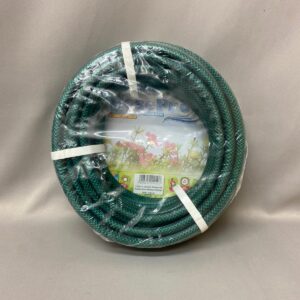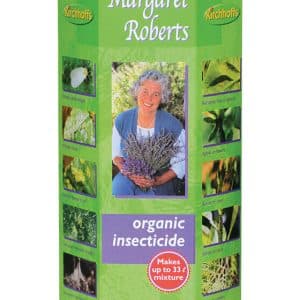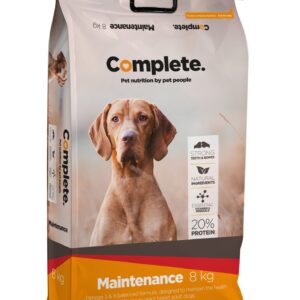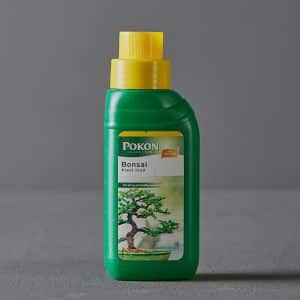August
Western Cape guides
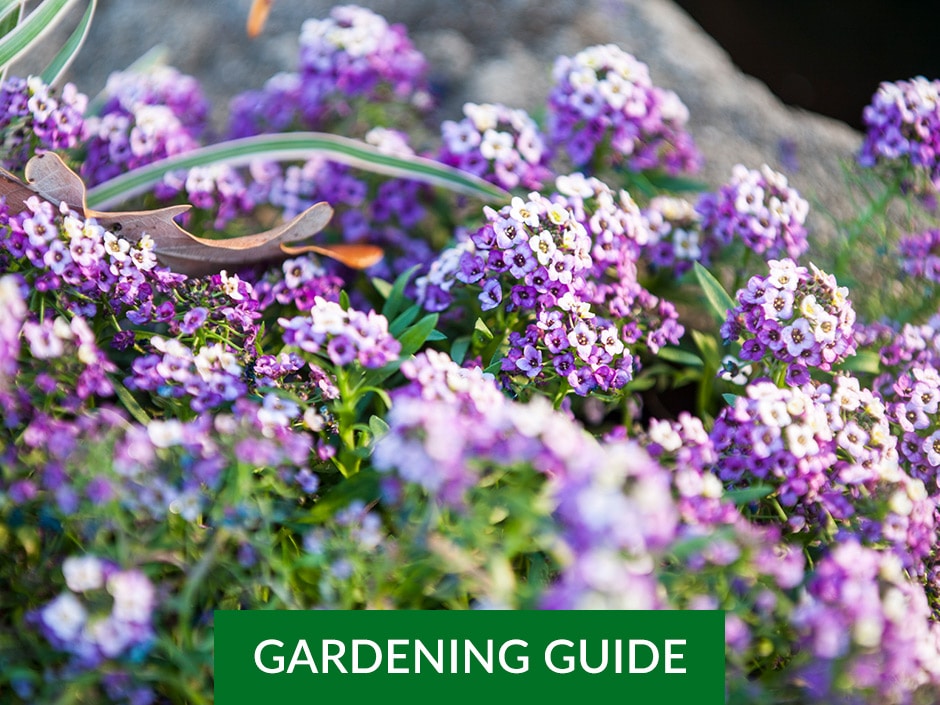
AUGUST GARDENING IN THE WESTERN CAPE
The end of winter is near, meaning this month is all about getting ready for spring. Prepare your garden for a fresh burst of colour and new growth by following our August gardening guide.
ON YOUR TO-DO LIST FOR AUGUST
Harvest
- In August, the following fruit will be ready to harvest: avocados, bananas, oranges, lemons, grapefruit, naartjies, limes, kumquats, loquats, pawpaws, pineapples, Cape gooseberries and granadillas.
- This month is a bumper harvest of vegetables, which includes asparagus, beetroot, black radish, broad beans, broccoli, Brussels sprouts, cabbage, carrots, cauliflower, celery, cucumber, daikon (Japanese white radish), endive, garlic, horseradish, kale, leeks, lettuce, mushrooms, new potatoes, onions, pak choi, parsley, parsnips, peas, potatoes, pumpkin, radishes, spring onions, Swiss chard, squash, sweet potatoes, tatsoi, and turnips.
- Expect an abundance of herbs, such as bay leaves, bulb fennel, calendula, catmint, fennel, garlic chives, lavender, lemongrass stems, lime leaves, marjoram, mint, nasturtiums, nettles, oreganum, parsley, perennial basil, rocket, rosemary, sage, thyme and winter savoury.
Plant & Sow
- Plant spring-flowering seedlings such as alyssum, begonias, calendulas, cinerarias, fairy primrose, impatiens, lobelias, marigolds, pansies, petunias, poppies, snapdragons and stocks.
- Sow vegetables such as beans, beetroot, cabbage, carrots, eggplants, green peppers, lettuce, baby marrows, spinach, tomatoes and turnips and for harvest in summer.
- Plant summer-flowering bulbs and rhizomes like cannas, dahlias, gladioli, golden arums, nerines, spider lilies, tigridia and watsonias.
Feed
- Feed your clematis and fuchsia plants every two weeks with a fertiliser such as Seagro, Nitrosol or Multifeed. You’ll be rewarded with thicker growth and more blooms in summer if you pinch out the tips now.
- Start hydrangeas on a blueing programme by feeding them with 25g of aluminium sulphate once every two weeks.
- Cut back bougainvilleas that have finished flowering. Fertilise with 2:3:2 and water well. Stop feeding and watering when first buds appear to encourage the development of flowers.
- Feed winter-flowering bulbs, such as daffodils, with bulb food to supply nutrients for next year’s blooms. Don’t remove the yellowing foliage, as this also helps to feed the bulbs.
- Feed fruit trees, vines and berry-bearing plants with a fertiliser that is high in potassium, such as 3:1:5.
Prune & Clear
- Make sure you prune your roses before the middle of August, if you haven’t already done so.
- Prune autumn and winter-flowering climbers and shrubs such as Cape honeysuckle, cassias, euryops daisies, golden shower, lion’s ear, plumbago and poinsettia.
- Divide and replant perennials such as agapanthus, cannas, goldenrod, lobelias, Michaelmas and shasta daisies, phlox, wild garlic and wild iris.
- Prune evergreen citrus trees, such as lemons, limes and ornamental orange trees.
- To give your spring flowers and plants space to thrive, make an effort to clear your garden of weeds this month. Remember that the more consistently you clear away weeds, the less work it is in the long run. Save yourself some time and start implementing our weed-ridding gardening techniques.
OTHER FRESH IDEAS Grow your own: Carrots
Carrots are an excellent source of beta carotene (a form of vitamin A), and rich in vitamins C, B1 and B2. Freshly picked carrots taste vastly different from the ones you buy at the supermarket. If there is any vegetable worth growing yourself, it must surely be the humble carrot, which can be used raw in salads, cooked and eaten on their own, or added to soups, stews and other dishes. Experiment with different varieties – they’re available in purple, red, white and yellow. Here’s how to grow your own:
- Clear out a patch of sandy or loamy soil with a pH of 6.0–6.8 (you can measure this with a specialised soil pH-testing kit) by removing stones, rocks and even large pieces of bark. Obstructions in the soil tend to result in a misshapen, stunted crop.
- Carrots thrive in loose soil that is deeply tilled. Avoid using poorly drained, heavier soils, as well as light soils that could be easily blown away.
- It’s best to sow carrot seeds in rows, so plant seeds directly into beds of about 1cm in depth, and about 2cm apart.
- Carrots are known to be slow to germinate, and it’s important to water regularly and keep the soil moist. To help retain moisture and speed up germination, gently mulch around seed.
- Fertilise with a balanced fertiliser 5–6 weeks after sowing.
Did you know? Only 3% of beta carotene is released during the digestive process when we eat carrots raw. Try pulping or cooking your carrots — this ensures that about 39% of the beta carotene is released.
You might also like
Shop online
-
Garden Hose 12mm
- R219.99
-
DOG FOOD DOG MAINT COMPLETE 8KG
- R199.99
-
Pokon Bonsai 250ml
- R59.99

